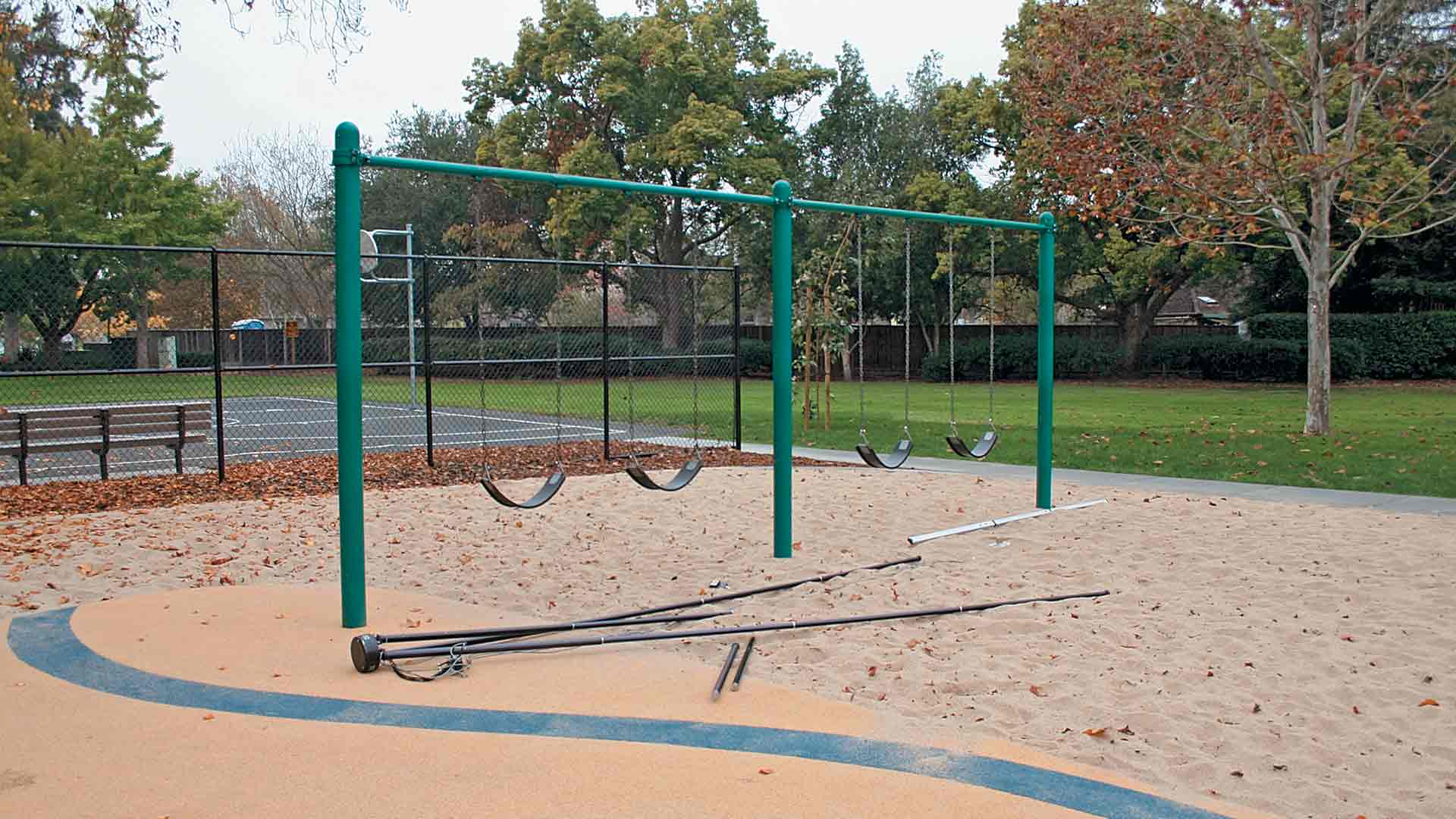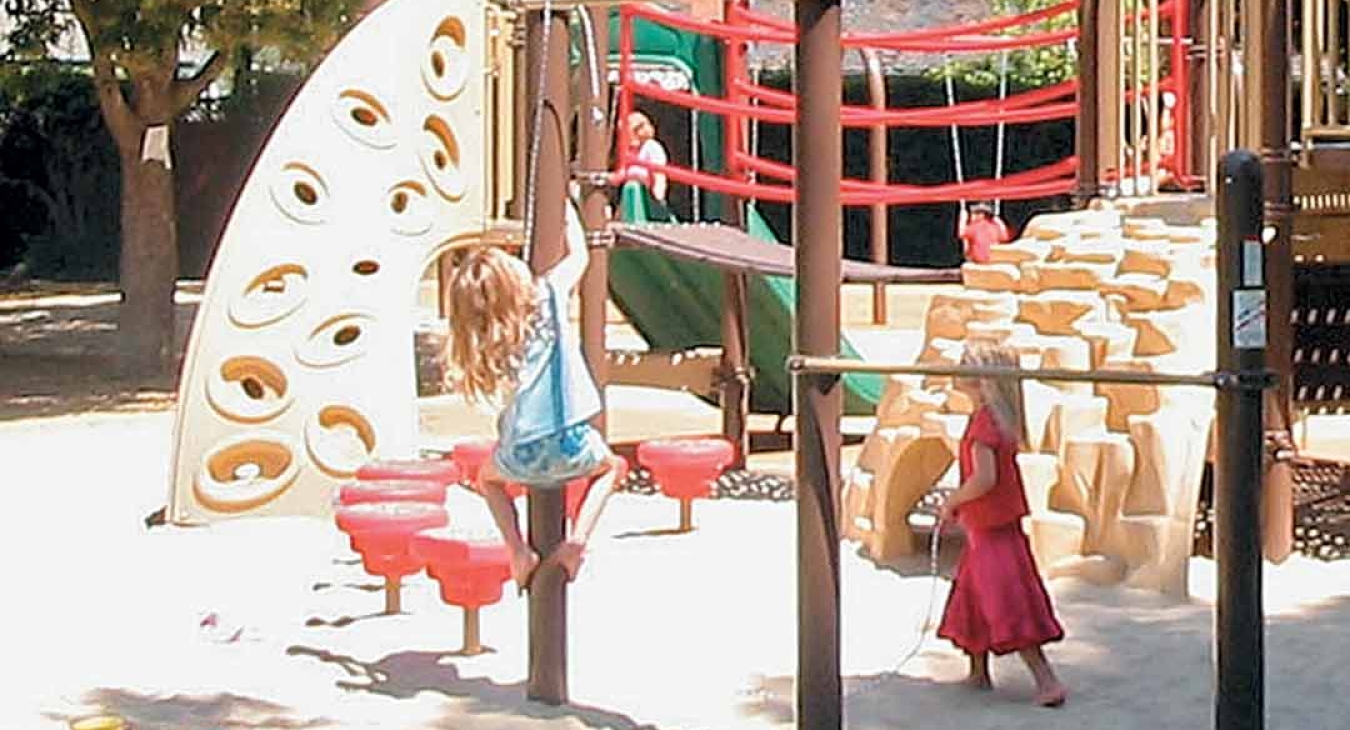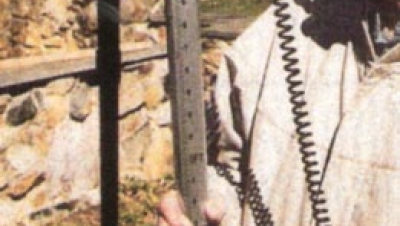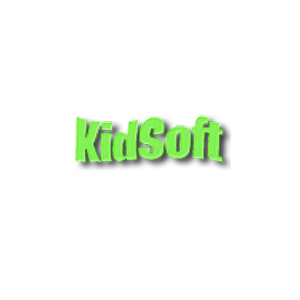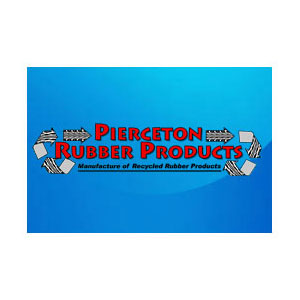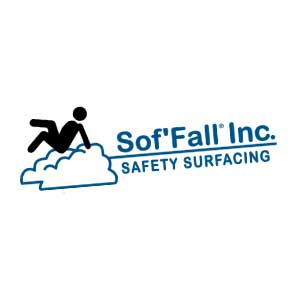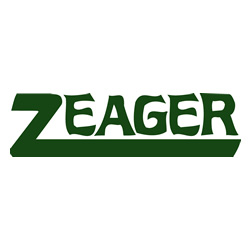The Consumer Product Safety Commission Public Playground Safety Handbook tells us that nine inches of sand protects to a fall height of four feet.
That is what is presented in the CPSI course and we believe it.
Well, I did, until recently. I took the Canadian Playground Safety Institute’s online course on playground safety theory. The Canadian standards indicate that 300 mm (11.8 in) of sand may have a critical fall height of up to three meters (9.84 ft). Sand is a popular choice for surfacing in Canada because if it is well drained, it is one product that can retain its impact attenuation value in the cold climate where other products might freeze.
I then contacted a friend in Australia who does impact testing and found that they also have several sands that they use that test to three meters or more of critical height. He sent me the sieve size charts for several types of sand that are used in Australia. They require the supplier to provide sieve size charts for each shipment of sand similar to how we require suppliers of poured-in-place or other unitary products to provide certificates of compliance.
There are about as many types of sand as there are quarries that produce it, so I began to wonder if there were not any local sands that would provide this same level of protection.
Sand is a very popular surfacing material in California and many of my clients use it for at least part of the play area as a play component and as a fall surface. Publication of the new Consumer Product Safety Commission Handbook No. 325 lowered the fall height of sand from five feet to four feet. Many of my clients started calling because they became concerned that the sand they were using may not be providing adequate fall protection.
Many of them in the San Francisco Bay area use the same type of sand because they instinctively feel that it provides the best impact value. Based on my recent findings, I decided to test the sands on my own and share the information with my clients. I found that this sand when tested at a fall height of 10 feet gave an average Gmax of 65 and an average HIC of 181, well below the maximum Gmax of 200 and the Maximum HIC of 1000.
I do not want to imply that all sand can rate this well because I know it can’t. If you buy sand that is called plaster sand cement sand, etc., it is probably not going to provide proper protection. Think about it. If it is used to make concrete, don’t you think it might make things hard? What I am saying is that all sands are not the same, so you need to test the sand you use. It may have a higher Impact Attenuation value than the CPSC Guidelines suggest.
The sand I tested is lapis sand. Lapis sand contains limestone and sea shells and is frequently used for aquariums. It has rounded edges rather than sharp corners that you typically find in crushed stone products and most of the particle sizes are about the same. It is kind of like a really, really small pea stone. The fact that it does not have much small or fine material is the reason it won’t compact. In most sand, the small particles fill the spaces between the larger particles and that is what makes it compact and hard.
All of the sand tests that I received from Australia had similar characteristics to the sand I tested. They all had a consistent particle size with rounded or natural shapes.
Most agencies still do not require Impact Testing for the unitary products they use. They simply accept the certificates of compliance they receive from the manufacturer of the product.
Sand is a naturally occurring product and does not normally come with certificates of compliance. The only way to verify that the unitary surface actually complies is to do field testing so it is even more important to require field testing of sand products used in the playground.
I can say I have tested the sand from one particular quarry and I can tell my clients that if this is the sand they have purchased, they are probably in good shape, but the only way I can or will verify that sand provides adequate impact protection is to individually test the sand used at each site.

